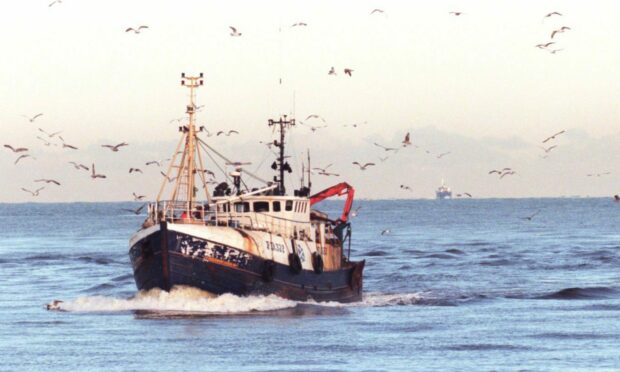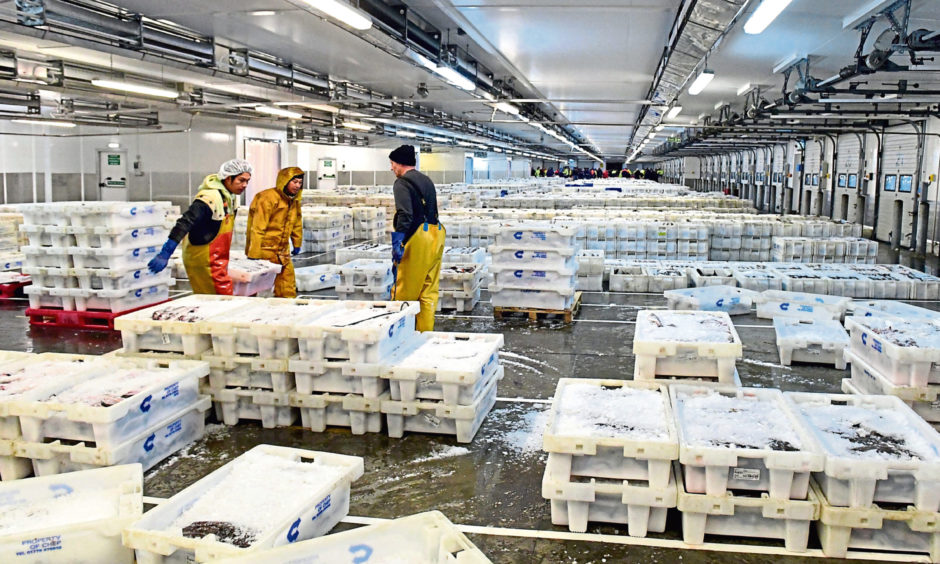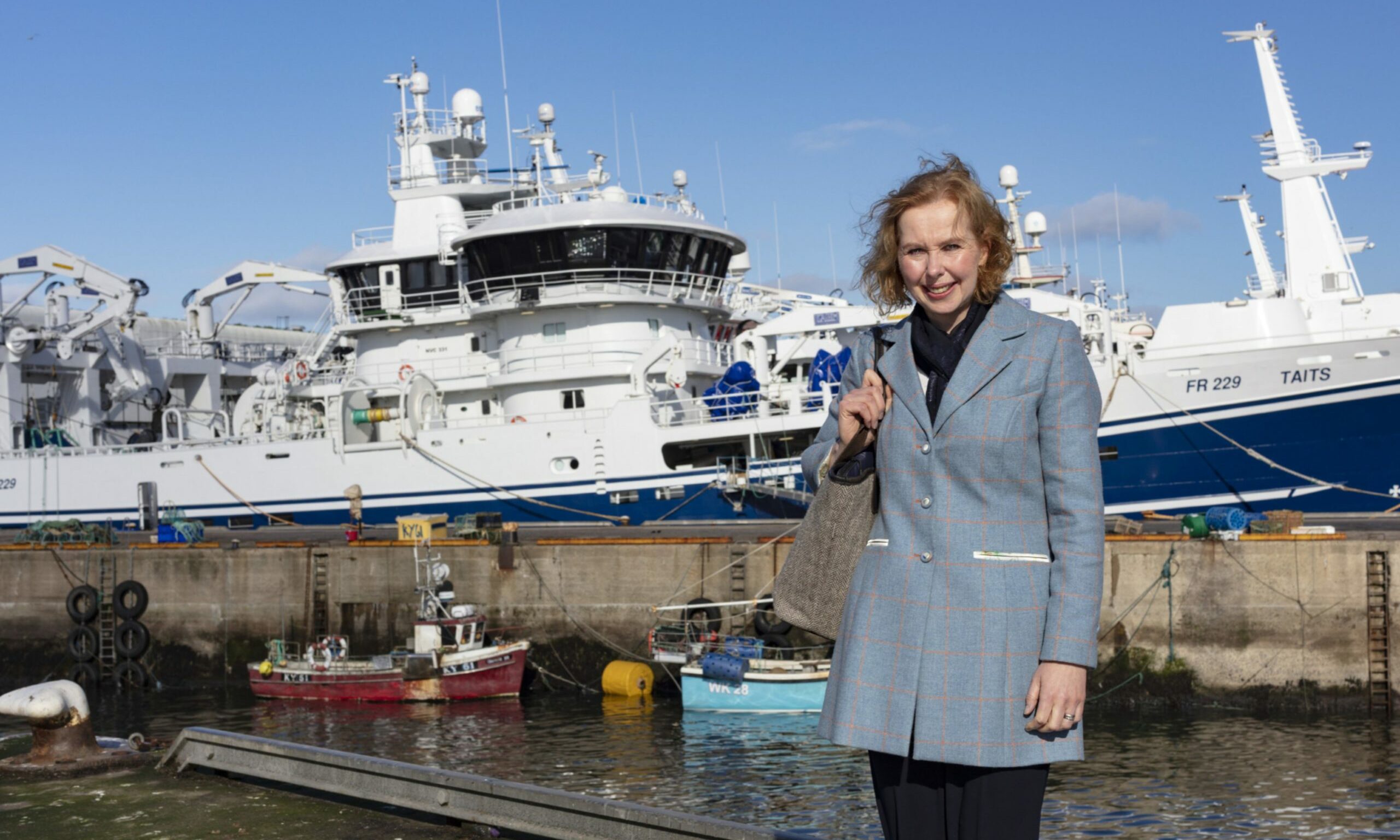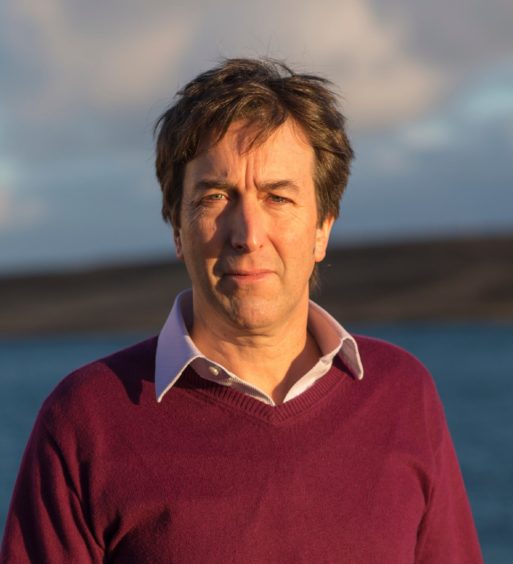The UK, Norway and the European Union have struck a quota deal for some of Scotland’s most important commercial fish stocks.
Catch levels for five of the six stocks have been set in line with, or lower than, the level advised by scientists at the International Council for the Exploration of the Sea (Ices).
Scottish fishers will have access to more North Sea haddock next year after a 5% quota uplift.
The quotas for whiting and herring are up by 25% and 20% respectively, with the total allowable catch (TAC) for cod unchanged.
But the TACs for plaice and saithe, also known as coley, are down by 12% and 24% respectively.
The Scottish Fishermen’s Federation (SFF) said the outcome of the three-way talks was yet another example of changes to the annual TACs that did not match what skippers were seeing at sea.
SFF chief executive Elspeth Macdonald added: “While the industry is yet again faced with fluctuations in TACs based on scientific advice that in many cases doesn’t reflect what fishermen see on the grounds, UK and Scottish government negotiators have worked hard to secure the best possible outcomes for our fleet.”
Fisheries Minister Victoria Prentis said: “We are proud to have led discussion to a positive conclusion as we seek to set a gold standard for the entire fishing industry.
“We are confident that this agreement has struck a balance that will benefit both our fishing industry and ensure our marine environment is healthy and viable long into the future.”
The agreement marks the conclusion of the first in a series of annual fisheries negotiations for the UK.
Separate bilateral negotiations are under way with Faroe and Norway to agree quota and access arrangements for 2022.
The whole scientific advice process requires a complete shake-up, to the benefit not only of the fishing industry but of our understanding of a dynamic marine environment.”
Simon Collins, Shetland Fishermen’s Association.
Meanwhile, Shetland Fishermen’s Association (SFA) has called for “a complete shake-up” of the scientific advice process that underpins international negotiations on fishing quotas.
SFA executive officer Simon Collins said: “We’re sick and tired of going through the same process every year.
“Wildly erratic stock assessments – often both ways – are held up as sacred truths, despite massive revisions from one year to the next by the people producing them.
‘Unnecessary damage’
“We are then left working with our national governments to minimise completely unnecessary damage to a perfectly sustainable and valuable industry.”
Together with the Scottish White Fish Producers’ Association, SFA called earlier this year for an independent panel of experts to examine the credibility of quota advice issued every year by Ices, whose annual assessments guide quota decision-making.
Mr Collins added: “It’s no good referring to ‘the best available science’ when that science simply isn’t good enough.
“Given the lack of alternative views taken into account, it’s also ‘the worst available science.
“It’s why we’ve ended up, despite the commendable efforts of Scottish and UK negotiators, with quotas for 2022 – particularly on North Sea cod – that bear little or no resemblance to the abundances of fish observed on our grounds.
‘Challenging’ outlook
“The outlook for our white-fish fleet in particular is very challenging as a result, and for no credible reason.
“The whole scientific advice process requires a complete shake-up, to the benefit not only of the fishing industry but of our understanding of a dynamic marine environment.”
Brexit balance sheet for fishing shows £300m-plus losses instead of net gain
Will new roadmap deliver harmony between fishing and floating wind?



